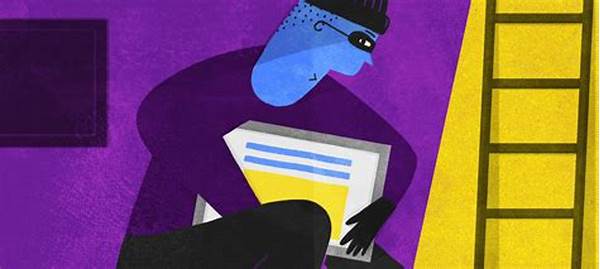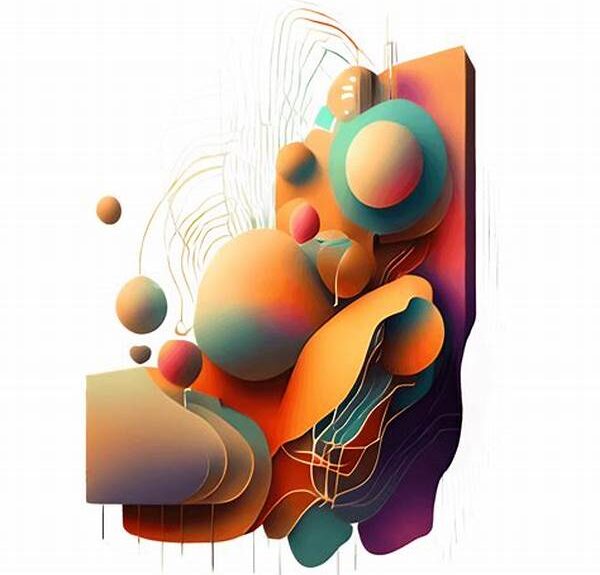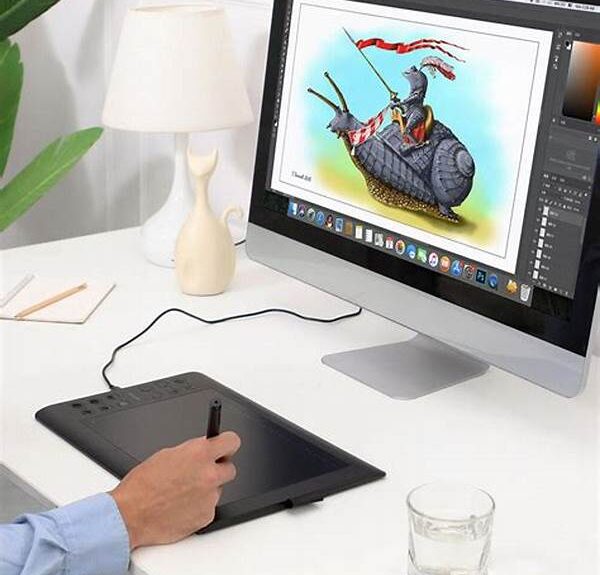In the digital age, the threat of artwork being stolen looms large over many creators. With the internet making it easier than ever for people to share and distribute artistic content, artists must become increasingly vigilant in safeguarding their creations. Fortunately, there are numerous strategies available for ensuring that your rights as an artist are protected. From watermarking your digital works to understanding legal avenues, these steps can help you maintain control and ownership over your art. In this article, we will explore various methods on how to protect your artwork from being stolen.
Read Now : Innovative Brand Identity Strategies
The Importance of Copyright and Legal Protections
One fundamental way to protect your artwork from being stolen is to understand and implement copyright protections. Copyright law grants exclusive rights to creators, covering both tangible and digital forms of art. Registering your artwork with the appropriate copyright office can offer legal leverage should your work be used without permission. While registration isn’t mandatory to claim ownership, it is highly beneficial in case you need to pursue legal action.
Another vital aspect is to familiarize yourself with the terms of use on online platforms where you display your artwork. Different platforms have varied policies regarding user rights and ownership. Therefore, comprehending these regulations can prevent unauthorized usage. Keeping records of your work, including drafts, can serve as evidence of originality and your ownership, adding another layer of security on how to protect your artwork from being stolen.
Furthermore, educational resources on artist rights are widely available. By dedicating time to understanding your rights and seeking professional legal advice when necessary, you equip yourself with the knowledge needed to navigate the complexities of intellectual property law. Thus, understanding copyright law and its practical applications play a pivotal role in how to protect your artwork from being stolen.
Practical Measures to Safeguard Your Artwork
1. Watermarking your digital art can act as a deterrent, discouraging unauthorized copying and redistribution. This visible mark indicates ownership, making it clear to viewers that the artwork is protected.
2. Utilizing low-resolution images on your public portfolios can reduce the risk of your work being replicated or misused. This simple step can preserve the integrity and quality of your original artwork.
3. Implementing digital signatures or metadata within your files ensures that ownership details are embedded into the artwork itself. This information remains intact even if the art is downloaded or shared.
4. Building a portfolio behind a password-protected platform offers an added layer of security. This limits access to potential infringers while enabling you to control who can view your artwork.
5. Actively monitoring the internet for unauthorized copies of your artwork allows for quick action. Tools and services are available that can help you track your art across various platforms.
Online Platforms and Sharing Safely
Displaying your art on online platforms is an effective way to gain visibility, but it’s crucial to understand how to protect your artwork from being stolen in these digital spaces. Firstly, consider which platforms are most suited to your needs and offer the highest security for artists. Websites that understand the value of artistic integrity may offer better protective measures, giving you peace of mind when sharing your creations.
Additionally, it’s beneficial to develop a routine of checking platforms for unauthorized copies of your work. Many artists employ reverse image search tools to locate their artwork across the internet, which can help identify any problematic usage. Taking swift action in such cases by reporting violations to the respective website operators can aid in enforcement of your rights.
Networking with fellow artists can also prove invaluable. Many artists form communities where they share experiences and tips on keeping their work secure online. These support networks can provide both the moral backing and the practical advice necessary for protecting artistic work. Thus, understanding the strengths and limitations of online platforms forms an integral part of how to protect your artwork from being stolen.
Ten Key Strategies for Art Protection
1. Educate yourself on copyright laws and artist rights.
2. Use watermarks on your digital files.
3. Opt for low-resolution images when sharing online.
4. Add metadata to your digital artwork.
5. Choose secure and artist-friendly online platforms.
Read Now : Interactive Digital Exhibition Spaces
6. Keep a detailed archive of your work to prove originality.
7. Establish a strong online presence and personal brand.
8. Join artist communities for shared protection insights.
9. Regularly search for unauthorized uses of your art.
10. Seek legal advice when necessary for infringement issues.
Understanding Digital Theft and Prevention
As digital art becomes more prevalent, the concerns regarding how to protect your artwork from being stolen have heightened. Digital theft can range from unauthorized sharing to alterations that infringe upon the original work. It’s crucial for artists to be aware of these threats and take active steps toward protecting their creations in the virtual realm.
Knowing your rights and actively pursuing preventive measures can safeguard your digital art. Many artists find that adopting multiple strategies in tandem yields the best results. For instance, using both visible watermarks and embedded metadata creates a robust shield that deters would-be infringers. Vigilance remains key, as does the willingness to adapt to new technological measures as they evolve.
Educating your audience about the value of original art is another effective deterrent. By fostering respect for artistic integrity within your community, you contribute to a culture that values and protects creativity. This collective respect can reduce instances of theft and promote the fair use of digital art. Therefore, awareness and education play a significant role in addressing how to protect your artwork from being stolen in the digital age.
Building a Personal Brand as a Protective Measure
Beyond technical precautions, establishing a strong personal brand can be a powerful method to protect your artwork from being stolen. A recognized name in the art community can deter potential infringers, as using your work without permission would pose risks of public backlash. Cultivating your brand through consistent styles and cultivating a strong following adds to the recognition and respect of your work.
Artists who actively engage with their audience tend to develop a loyal fanbase supportive of their rights. This community can serve as an informal watchdog, alerting you when unauthorized use of your art is detected. Thus, connections within your sphere are pivotal, helping ensure that your creative output is respected and acknowledged.
Additionally, branding can aid in legal scenarios, as a well-established reputation for creating unique work can support claims of originality and ownership. Legal professionals often leverage an artist’s status when arguing cases of infringement. Building your brand, therefore, functions not only as a marketing tool but also as a strategic asset for protection. In essence, the cultivation of a personal brand is integral to how to protect your artwork from being stolen.
Summary of Artwork Protection
In conclusion, how to protect your artwork from being stolen involves both technical and strategic approaches. Artists must proactively employ copyright registrations and other legal measures to secure their rights. Digital tools, such as watermarking and metadata, provide essential layers of protection in the online realm. Empowering yourself through education about copyright laws ensures that you’re prepared to tackle any infringement issues that arise.
Simultaneously, building a personal brand and engaging with a community of like-minded individuals can significantly enhance the security of your artwork. A robust reputation deters unauthorized use, while a supportive network can offer insights and assistance. By combining legal knowledge, digital tools, and community engagement, artists can effectively protect their creations from theft. Through these combined efforts, the road to safeguarding your artistic endeavors becomes clearer and more attainable.



